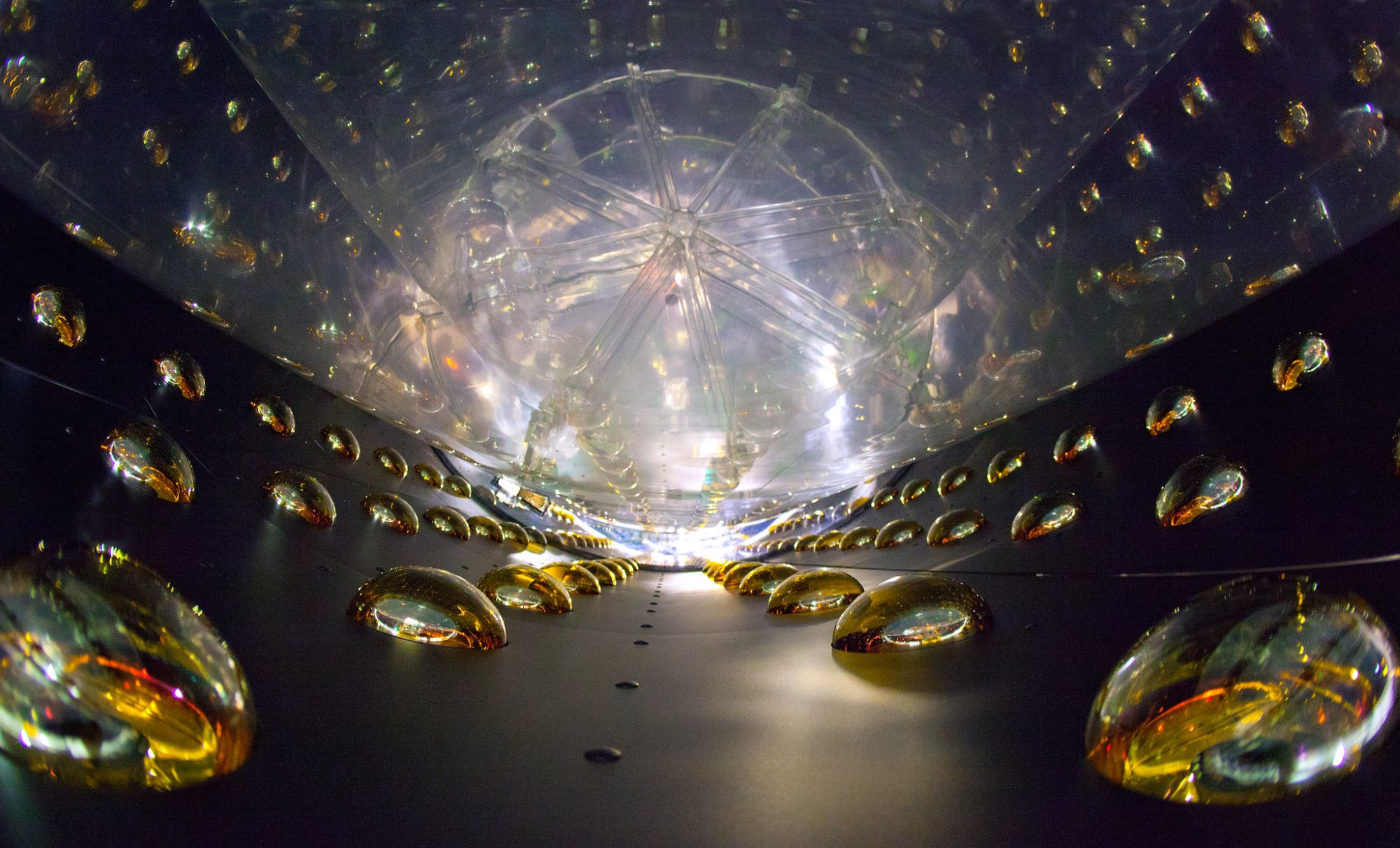The virtual seminar will be held from 12:30 to 2:00 p.m. (E.T.)
A brief survey of historical plutonium production reactors, many previously used in support of nuclear weapons programs, illustrates the breadth of potential monitoring needs for this particular subset of the global reactor population. One sub-area of interest that has been mentioned in the literature is the idea of trying to detect “clandestine” or “undeclared” reactors using antineutrino detectors at a significant stand off to the reactor (such as 10’s of kilometers stand off or more). In this study, we share a beginning examination of the feasibility of remotely sensing plutonium production reactors using state of the art and proposed antineutrino detector technologies. In this context, it represents a first attempt at a “meta study” approach to considering the use of antineutrino detectors in a given scenario, versus the more widely used “case study” approach.
About the speaker: Bernadette K. Cogswell is a Research Scientist at the Virginia Tech University Center for Neutrino Physics. She has previously been a Dame Kathleen Ollerenshaw Fellow at the University of Manchester’s School of Physics and Astronomy and a Postdoctoral Research Associate at Princeton University’s Program on Science and Global Security. She works on technical and policy issues at the intersection of particle physics and nuclear nonproliferation. Dr. Cogswell is also an Associate Editor for the journal Science & Global Security. Her current research focuses on antineutrino detectors for treaty verification and safeguards and issues surrounding plutonium disposition.
